We provide over 100+ FREE crypto articles on our SubStack! :D (Link on our profile)
TLDR:
Polygon demand is growing due to a shortage in Layer 1 infrastructure. The solutions offered by Polygon are perfectly suited to the current market needs.
In terms of design mechanism, Polygon focuses entirely on network activities. Voting incentives are undertaken by the core team. $MATIC holders have voted only for selecting Block Producers. In terms of token mechanism, $MATIC has major benefits from the point of view of transaction verification. Providing evidence of fraud is also rewarded.
In the future, Polygon will do well until Layer 1 has a better, cheaper way for users to improve performance. For example, when Ethereum's Sharding launches, that network will operate more efficiently and cheaply, so the demand from Polygon will decrease. However, Polygon is developing solutions that Layer 1s themselves take a lot of time to develop. This is the potential that Polygon will be able to achieve in the future.
Introduction
Up to now, when the bottlenecks of the Ethereum network have not been able to be fully resolved, Layer 2 solutions have stepped in, revealing their remarkable advantages.
Formerly Matic Network, Polygon has great ambitions to deploy all layer 2 solutions for themselves, to be an all-in-one solution platform for both users and developers.
What is Polygon? What is $MATIC?
The token is $MATIC and Polygon used to be MATIC about three years ago. There are three groups of developers who had this idea of creating layer 2 just for the Ethereum layer. They called it MATIC. They've been working for some time and today it is live! Now it has changed to Polygon.
Layer 1
Layer 1 is the base layer which is things like Bitcoin, Ethereum, Polkadot, etc. This is the core underlying fundamental layer that allows all these different transactions to work. All the transactions that are taking place go into this big database that is layer 1.
Layer 2
Layer 2 is the smaller database that exists on top of the layer 1 database for faster and cheaper transactions. As you know, the transactions on layer 1 are very expensive because it is more secure. So, if there is going to be a lot more art going around or a lot more NFTs being created, we do not want to be paying so much money all the time. This is where layer 2 comes in because we have faster and cheaper transactions in layer 2 which is the perfect use case for NFTs.
How does Polygon work?
Polygon works in four composable layers:
The Ethereum Layer
I call this the OG layer or the original layer. This is where the core basic or the fundamental architecture involving different transactions is recorded which is like a huge core database.
This is where finality, staking, disputes, messaging and all these different crypto-related verifications happen. This is very secure but because it's so secure you sometimes have to make a trade-off in terms of scalability.
The Security Layer
This layer exists above the Ethereum layer and runs parallel to it. It is like a synthetic world or the Sims world. You exist in real life but in your Sims computer game, you have this person that is living a similar life with you although in a different kind of house.
It's the same idea where you have all these transactions happening on the Ethereum layer and on the security layer they run parallel with each other. You can share the different kinds of validation in the Ethereum layer and the security layer.
[link] [comments]

You can get bonuses upto $100 FREE BONUS when you:
💰 Install these recommended apps:
💲 SocialGood - 100% Crypto Back on Everyday Shopping
💲 xPortal - The DeFi For The Next Billion
💲 CryptoTab Browser - Lightweight, fast, and ready to mine!
💰 Register on these recommended exchanges:
🟡 Binance🟡 Bitfinex🟡 Bitmart🟡 Bittrex🟡 Bitget
🟡 CoinEx🟡 Crypto.com🟡 Gate.io🟡 Huobi🟡 Kucoin.
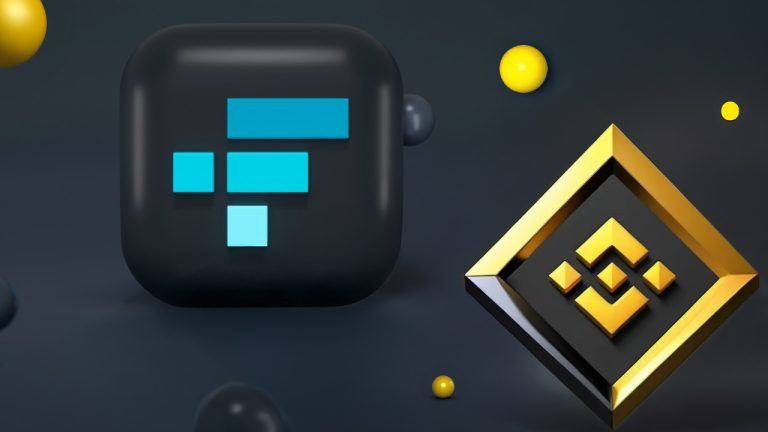


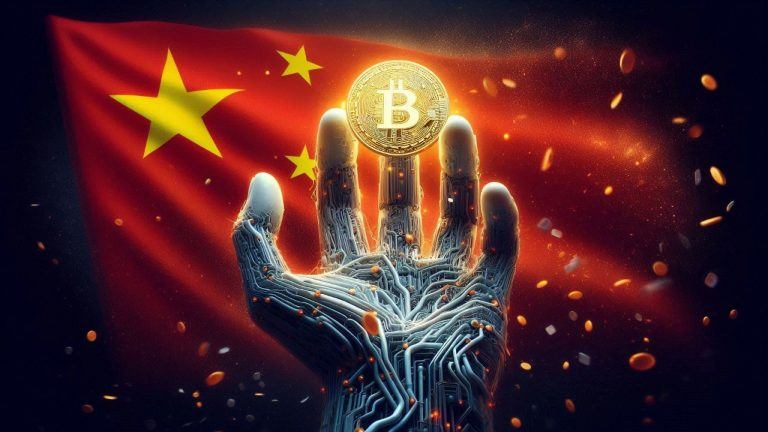




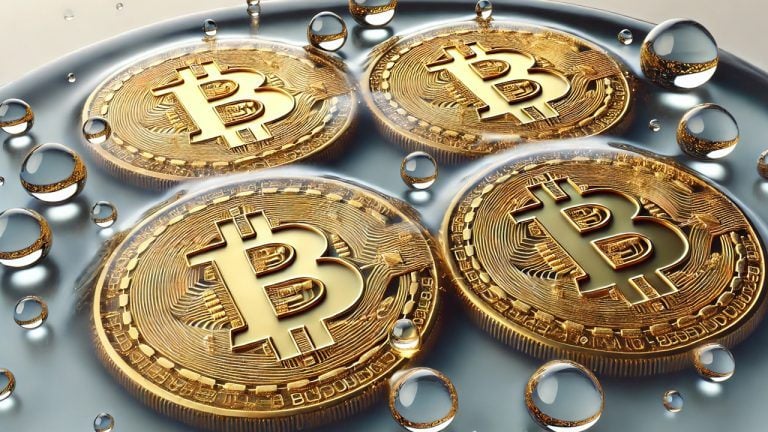

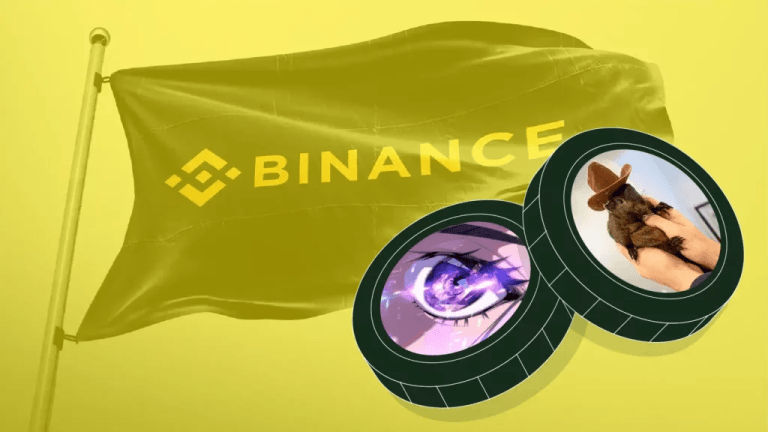
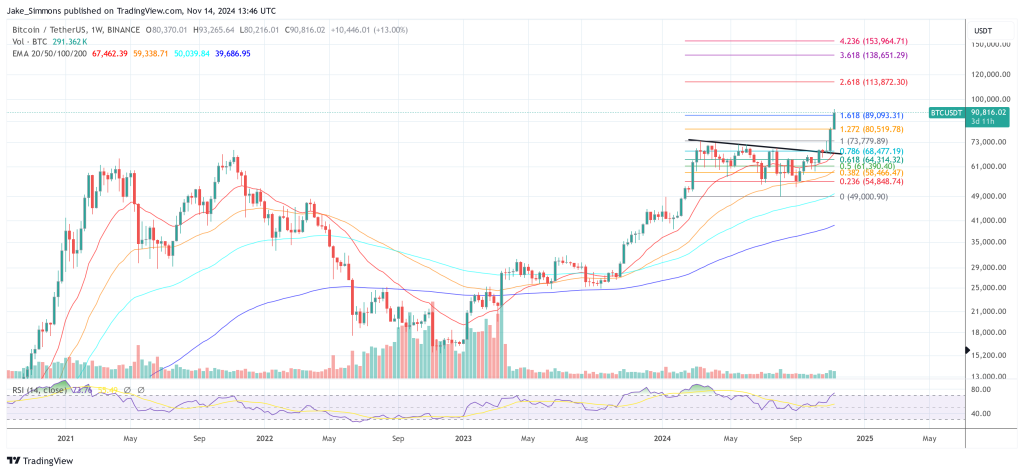
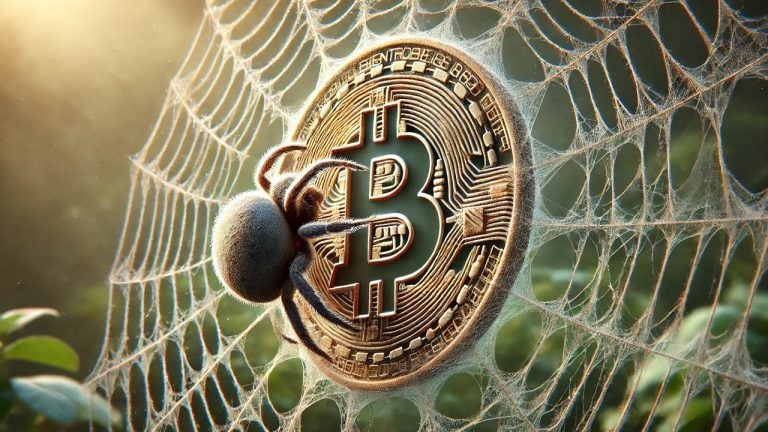

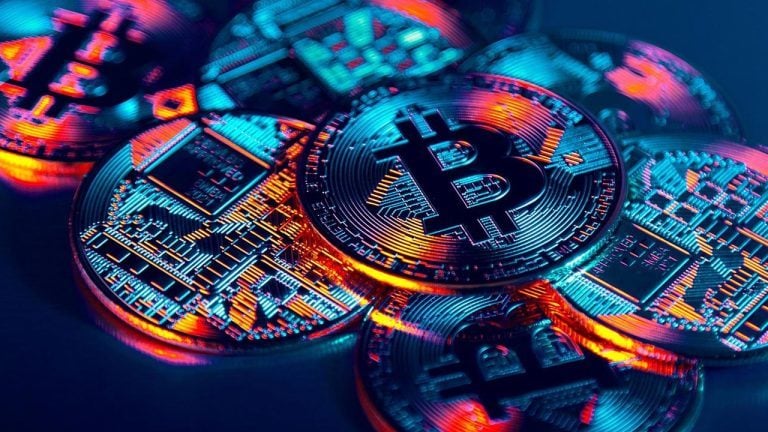
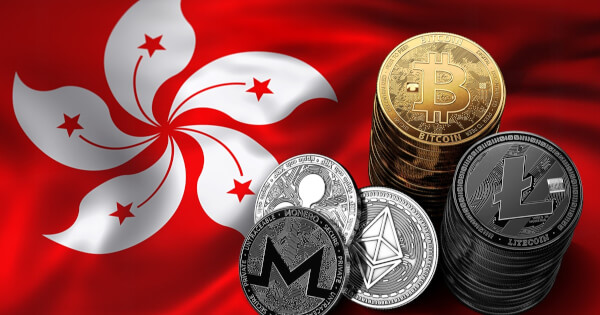
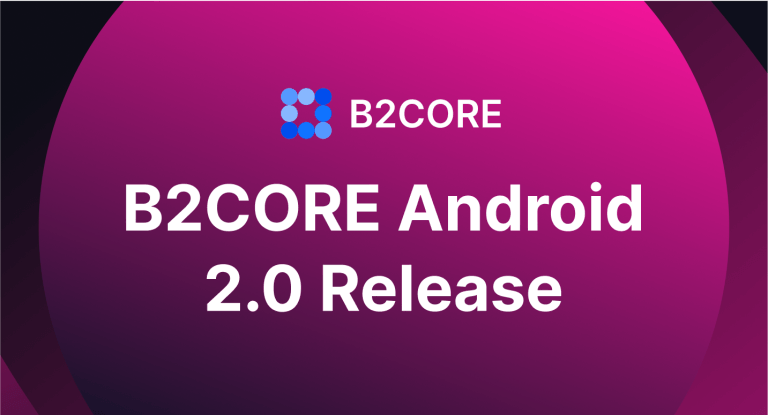

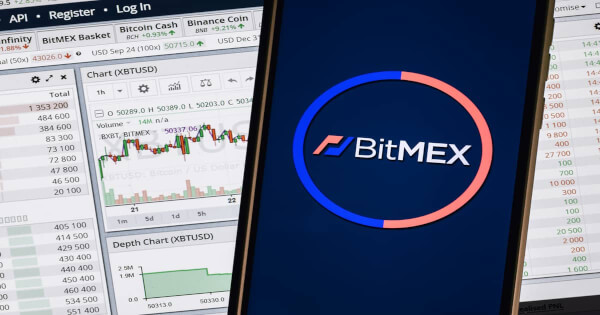
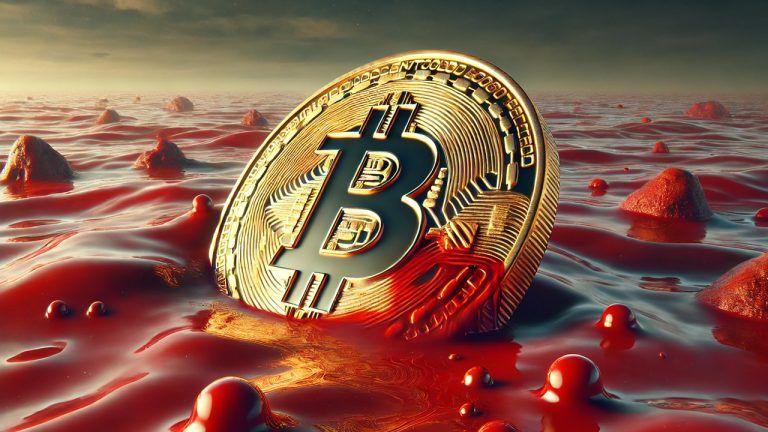
Comments